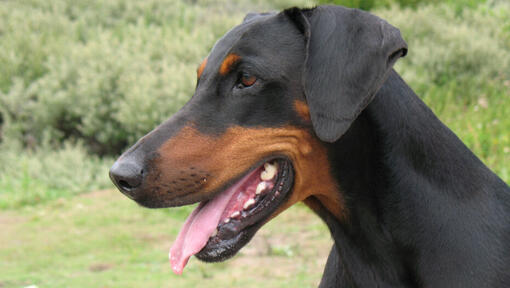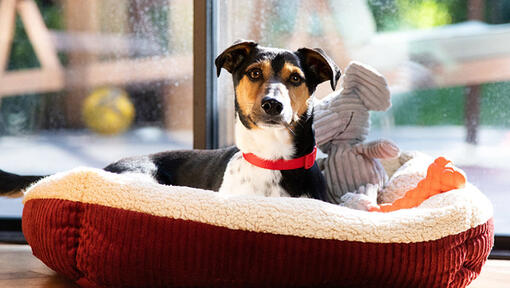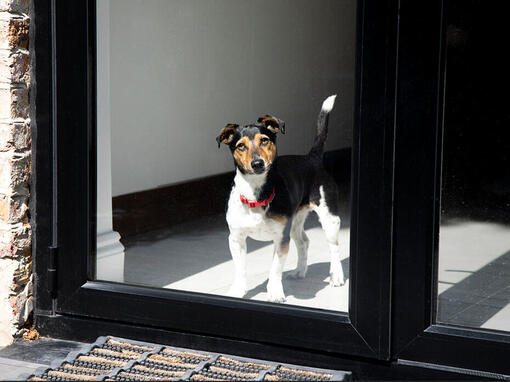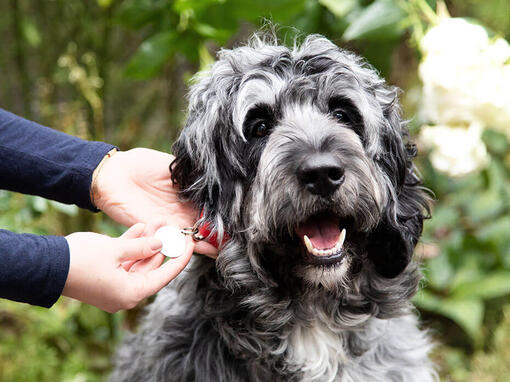History and Origins
The Dobermann was created with a very specific job in mind. In the late 19th century Louis Dobermann, a German tax collector was getting pretty fed up of getting robbed when he was collecting money and decided he needed an effective personal protection dog. As he was also the director of the local animal shelter, he had plenty of opportunities to do some complicated cross-breeding in order to produce a physically imposing dog who would be both fierce if need be and act as an effective deterrent.
Sadly, Herr Dobermann was a far better tax collector than he was at recording his dog breeding, so it is largely guesswork what breeds he used to create his perfect companion. It’s thought that he added German Pinschers, Rottweilers, Beaucerons and German Pointers to the mix, but despite some now hazy beginnings, he certainly created an impressive and now well-loved dog.










